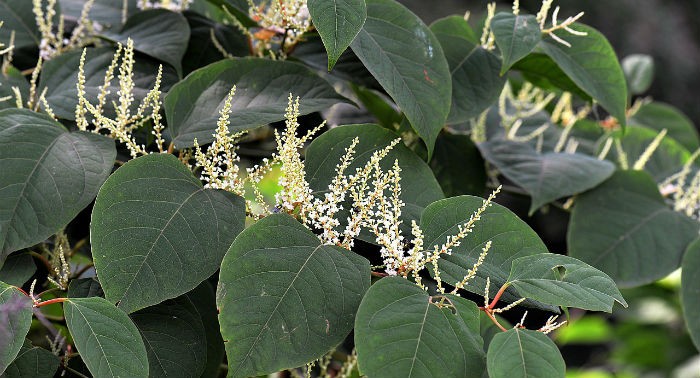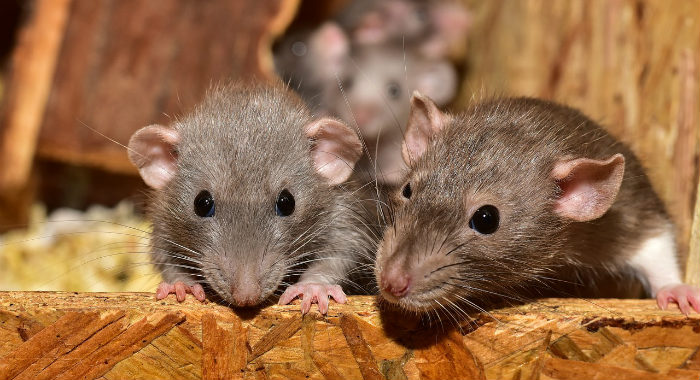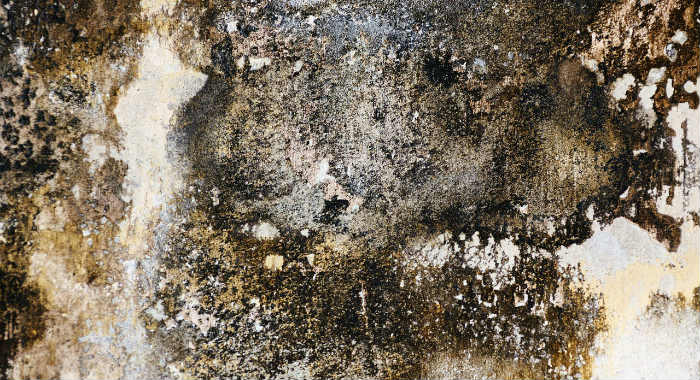Buying your own property is an exciting time, but let your heart rule your head and you could be in for a nasty surprise.
Here are 5 nightmare scenarios that could have been avoided if only the buyer had bothered to invest in a professional home survey before signing on the dotted line.
1. Subsidence and Heave

Did the earth move? When it comes to buildings, this is not a good thing. Subsidence typically occurs where buildings have been built on clay soils or in areas of previous mining activity.
Around ¾ of subsidence cases are the direct result of tree roots taking up too much moisture from the soil, or drainage leaks washing the soil away under your property.
Symptoms of subsidence are unmistakable once you know what to look out for. Cracks in plasterwork or brickwork, sticking doors and windows are telltale signs. Unfortunately, if underpinning of foundations is required, costs can run into the tens of thousands.
Heave has the opposite effect but can be just and damaging and expensive to remedy. When the soil under your home expands or swells up, it pushes your property upwards.
All it takes is leaky drains or the swift removal of a thirsty oak tree near your property, and the clay soil becomes overly wet and swells.
A good surveyor should spot a house with subsidence or heave a mile off and ring loud alarm bells for you.
2. Japanese Knotweed

You may have heard of the dreaded Leylandii, the fastest growing conifer, but what about its oriental counterpart?
Japanese knotweed is a highly invasive and destructive plant that can take over your garden quicker than you can say konnichiwa.
It grows at the rate of 10cm per day, while just 1cm of its underground stem can produce a new plant in just 10 days!
Worse than that is the serious damage that this garden pest can inflict on your house by penetrating walls and concrete, eroding building foundations, blocking water pipes and causing flooding.
It is estimated that around 5% of UK homes are affected by this nuisance plant, and if you’re really unlucky there may be only one option: demolish your home and build again. No wonder that securing a mortgage on a property in the presence of knotweed may be tricky.
If you think your home and garden are beset by Japanese knotweed, you need to contact your local authority to find out how and where to safely dispose of it.
3. Woodworm

Did you know that woodworm is not actually caused by worms but by the larvae of woodboring beetles? These can cause havoc to properties old and new – even new builds aren’t safe.
Woodworm can cause untold damage to the integrity of the building’s structure, weakening floorboards, joists and other timber elements in your home.
In extreme cases, the damaged timber sections may need to be completely removed and replace – a messy and costly undertaking.
Characteristic symptoms of woodwork include lots of tiny holes in the wood, crumbly timber sections or the presence of beetles. Time to seek professional advice and urgent treatment.
4. Rat Infestation

Nobody wants rats in or near their house. They carry diseases including salmonella and e.coli and can transfer fleas, mites and ticks to humans and pets – a seriously unpleasant and unhealthy situation.
Rats can quickly get into very small spaces, so if you see a rat in your garden, quick action is required to stop them from getting into your home.
Block up all holes – a baby rat can squeeze into as little as a 1cm hole. Check your pipework and guttering too so that no rat can enter your home through sewers and broken pipes.
You don’t actually need to see a rat to know that they are present in or around your home and garden. Scratching noises, sausage-shaped droppings and the smell of ammonia are giveaways, as are damage caused by chewed wires and cables, or food packaging ripped open.
5. Damp Problems

A common but potentially serious problem, damp is thankfully easily identified by a good surveyor. The untrained nose may, however, be fooled by a lick of fresh paint or strong air freshener to cover up the characteristic musty smell.
A damp home feels cold and unpleasant, while condensation and mouldy patches on walls or ceilings are bad for your health.
Respiratory diseases including constant colds, chest infections and even asthma are often the result of prolonged exposure to this unhealthy environment.
There are several reasons for damp becoming a problem. But once its presence has been detected in a building, damp can be treated relatively easily and effectively in the early stages.
However, left undealt with for long periods of time, it can be eyewateringly expensive to remedy penetrating damp and rising damp, and major redecorating will be required.




